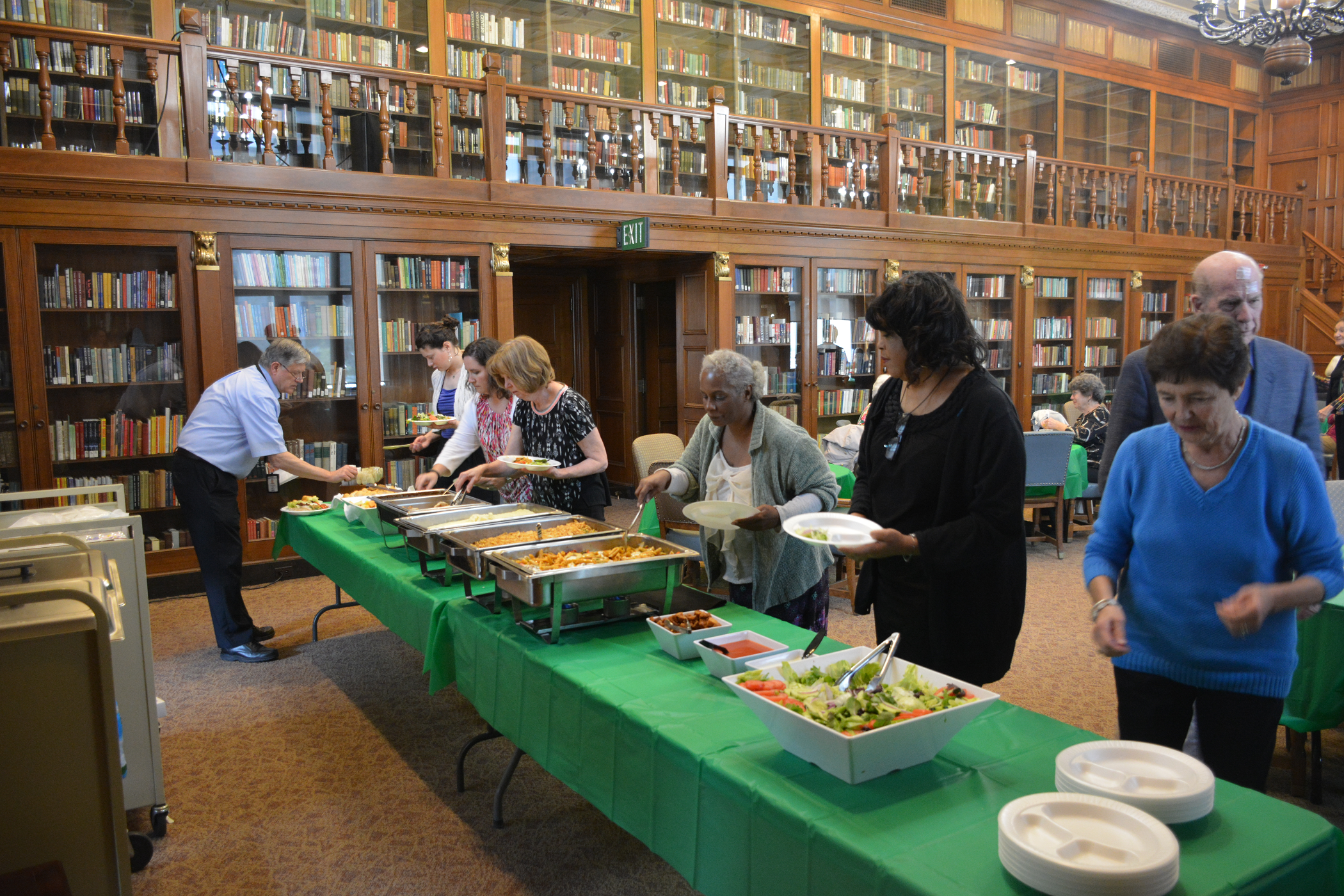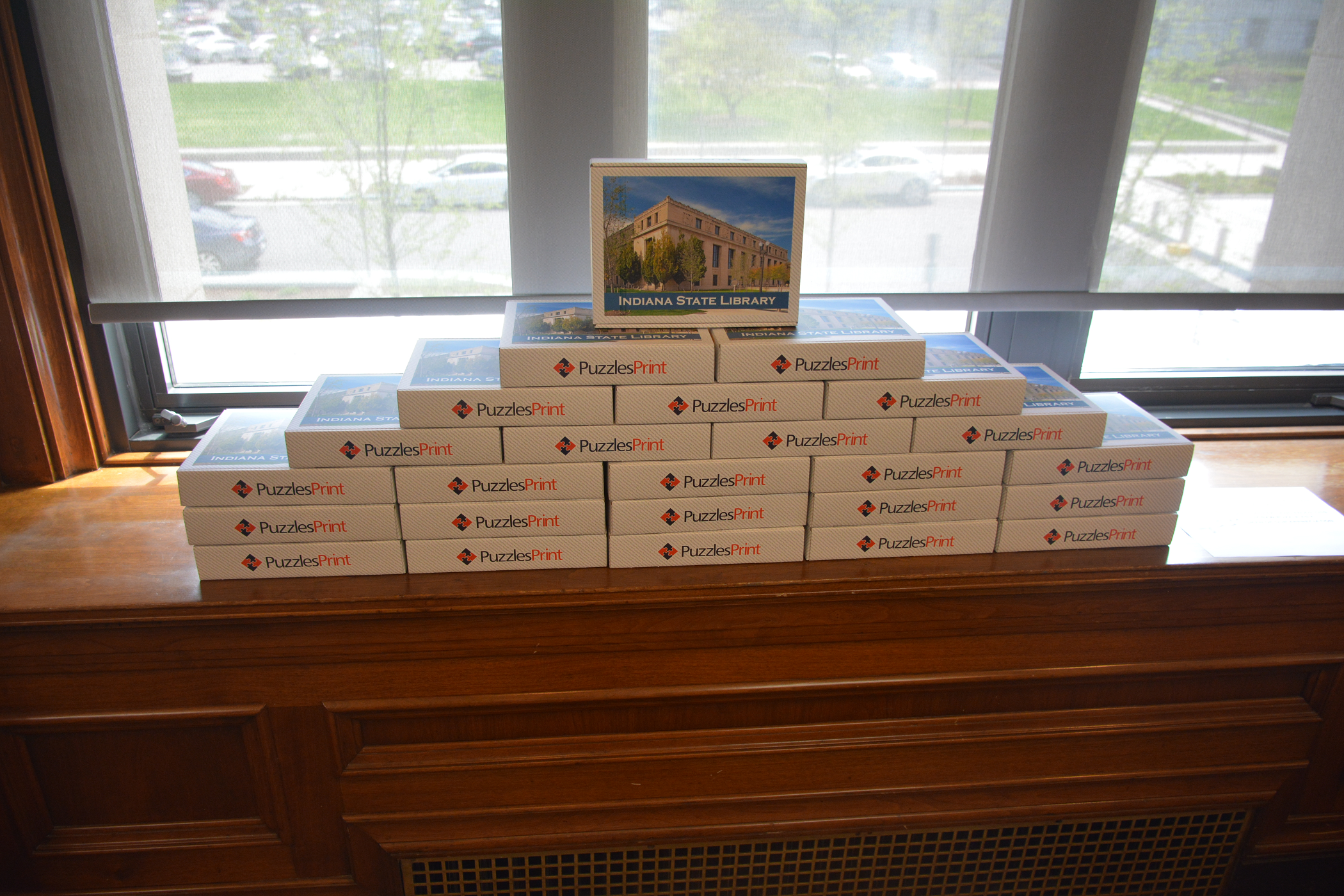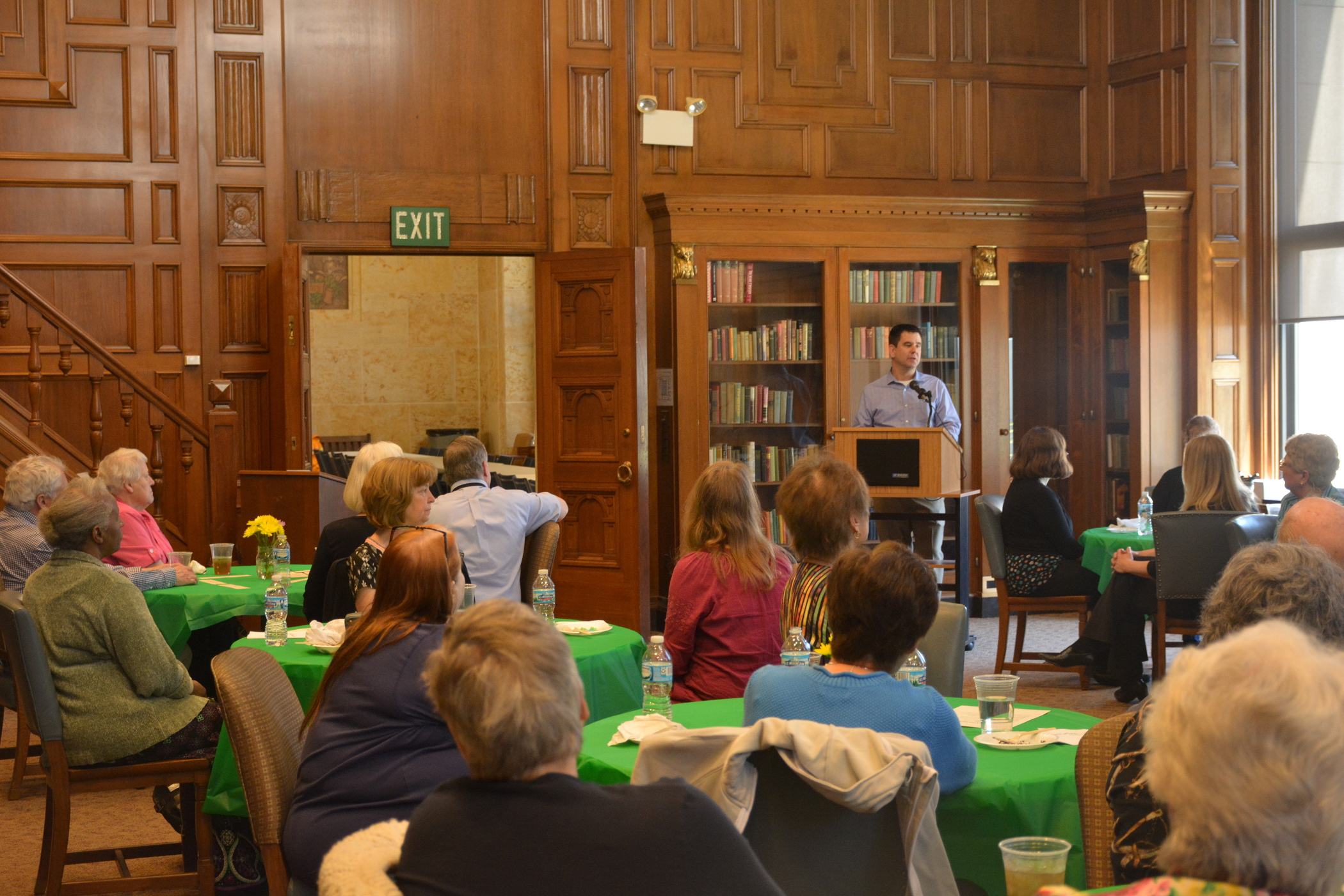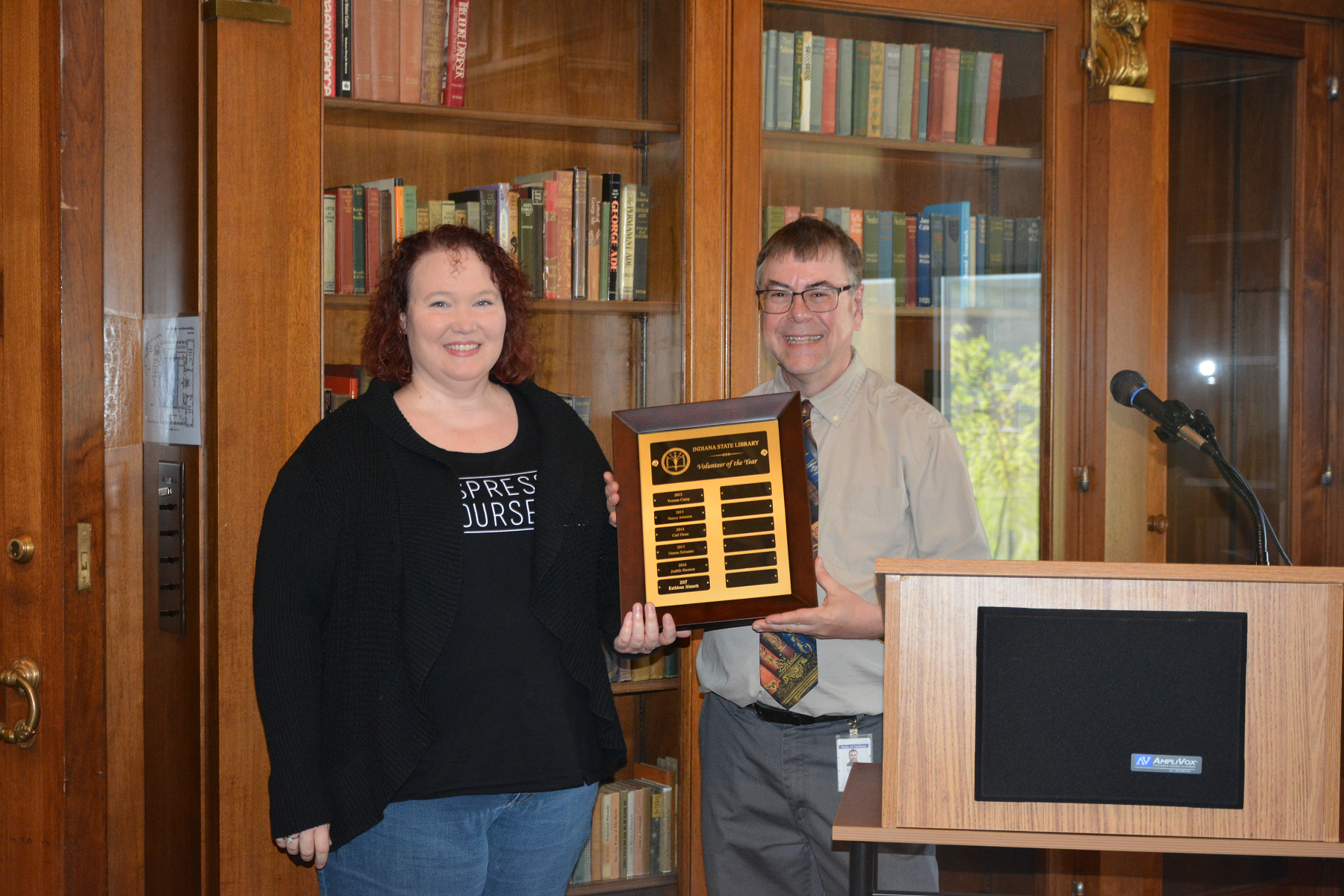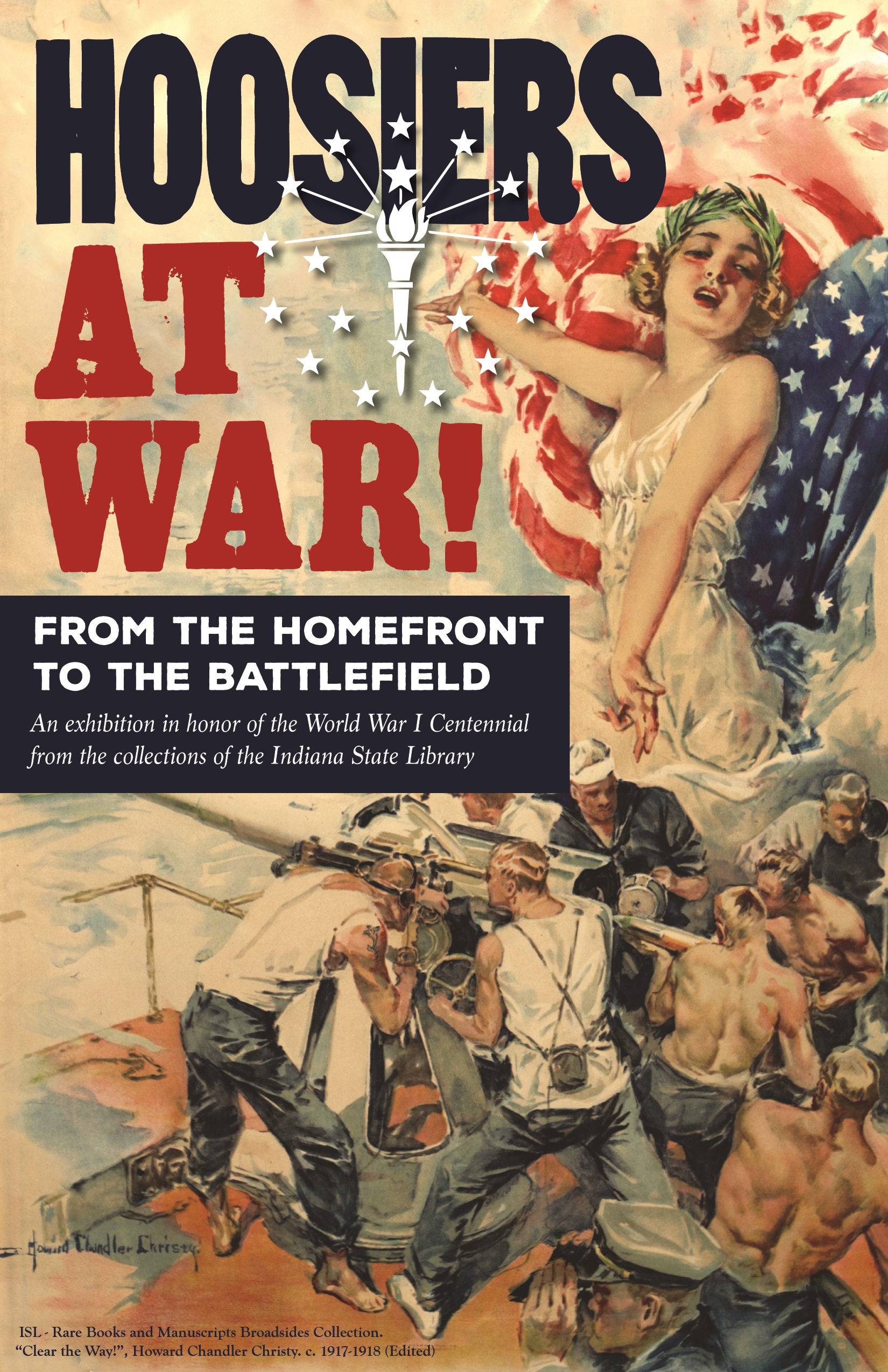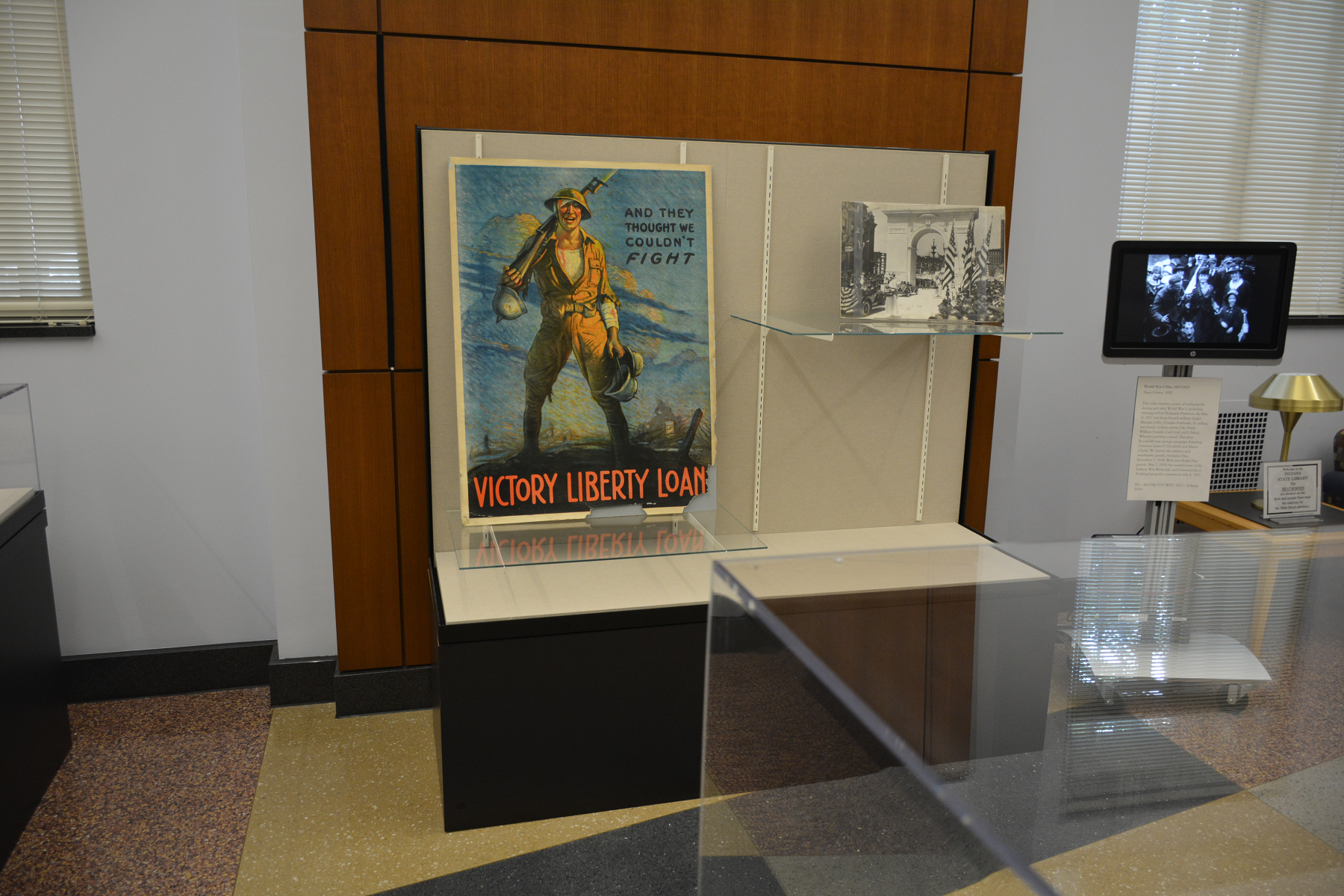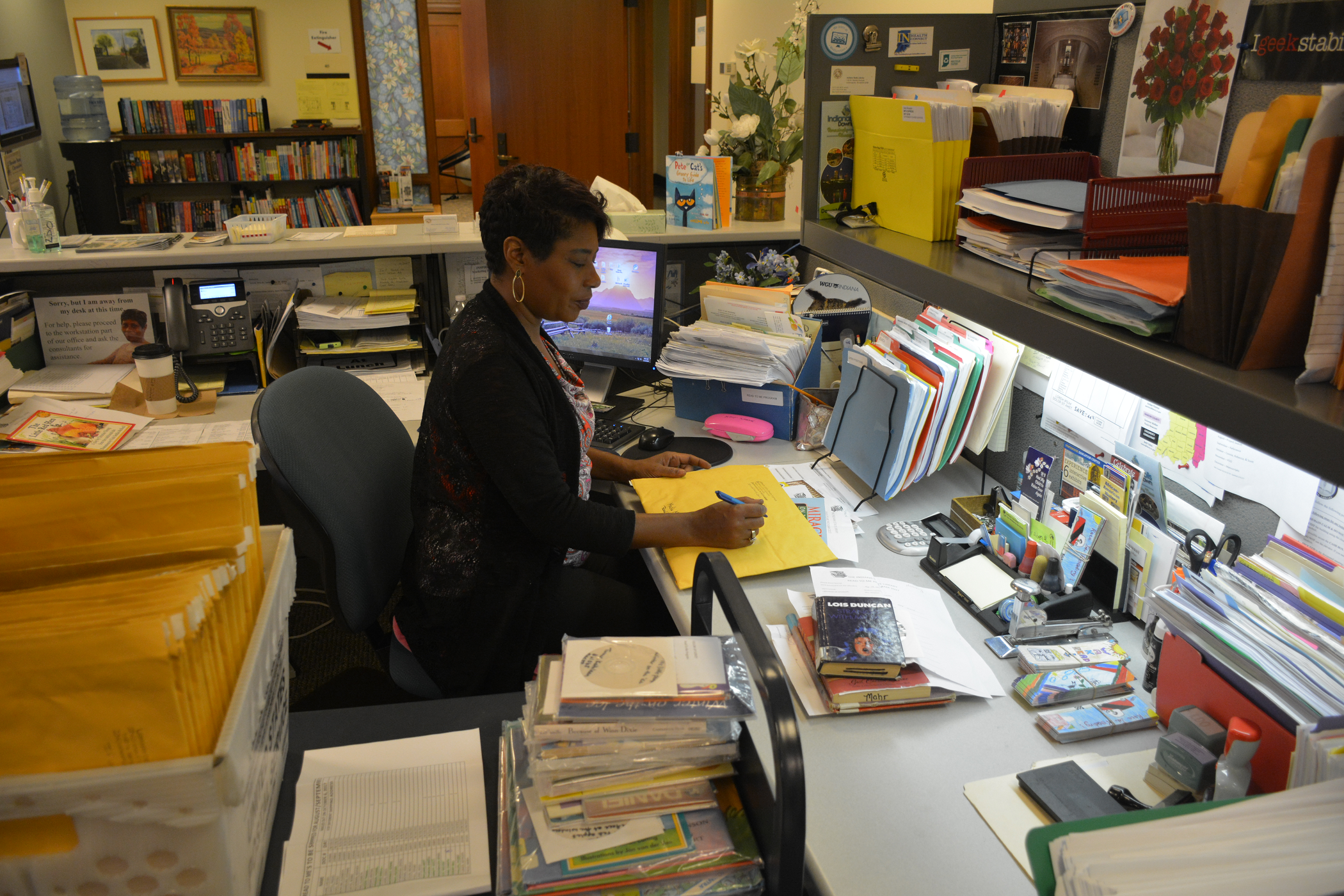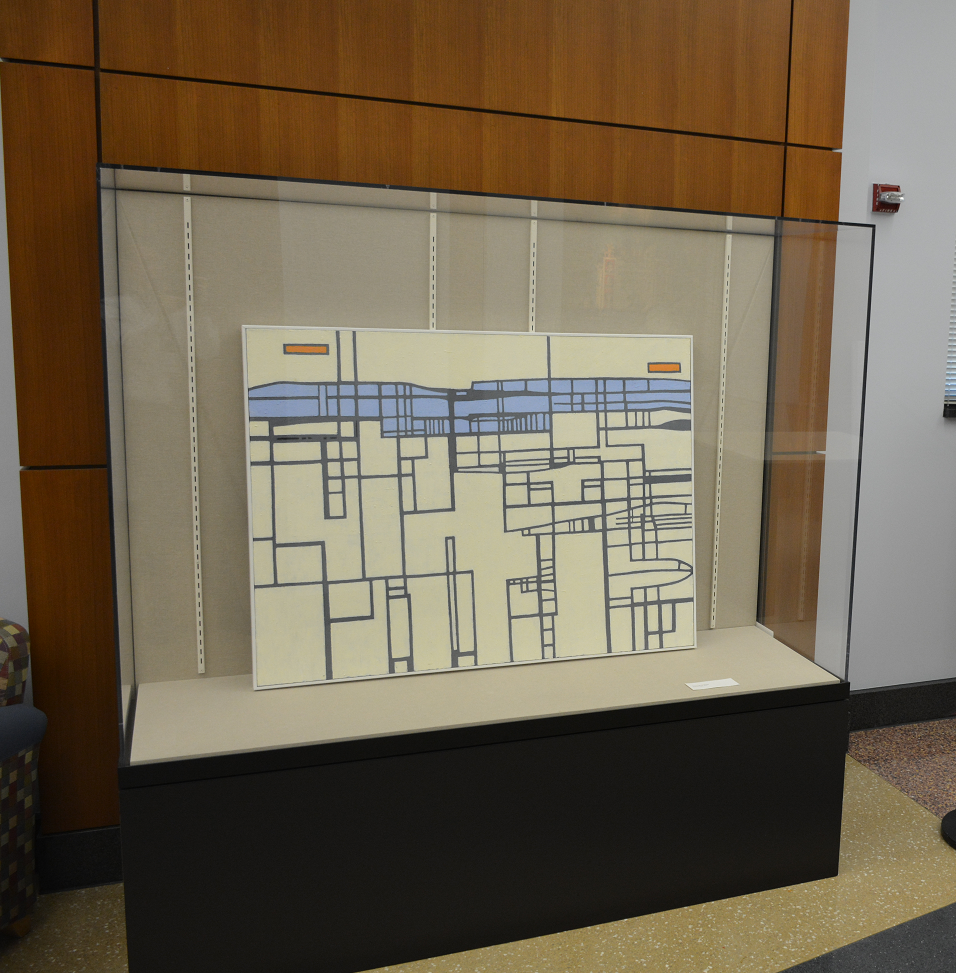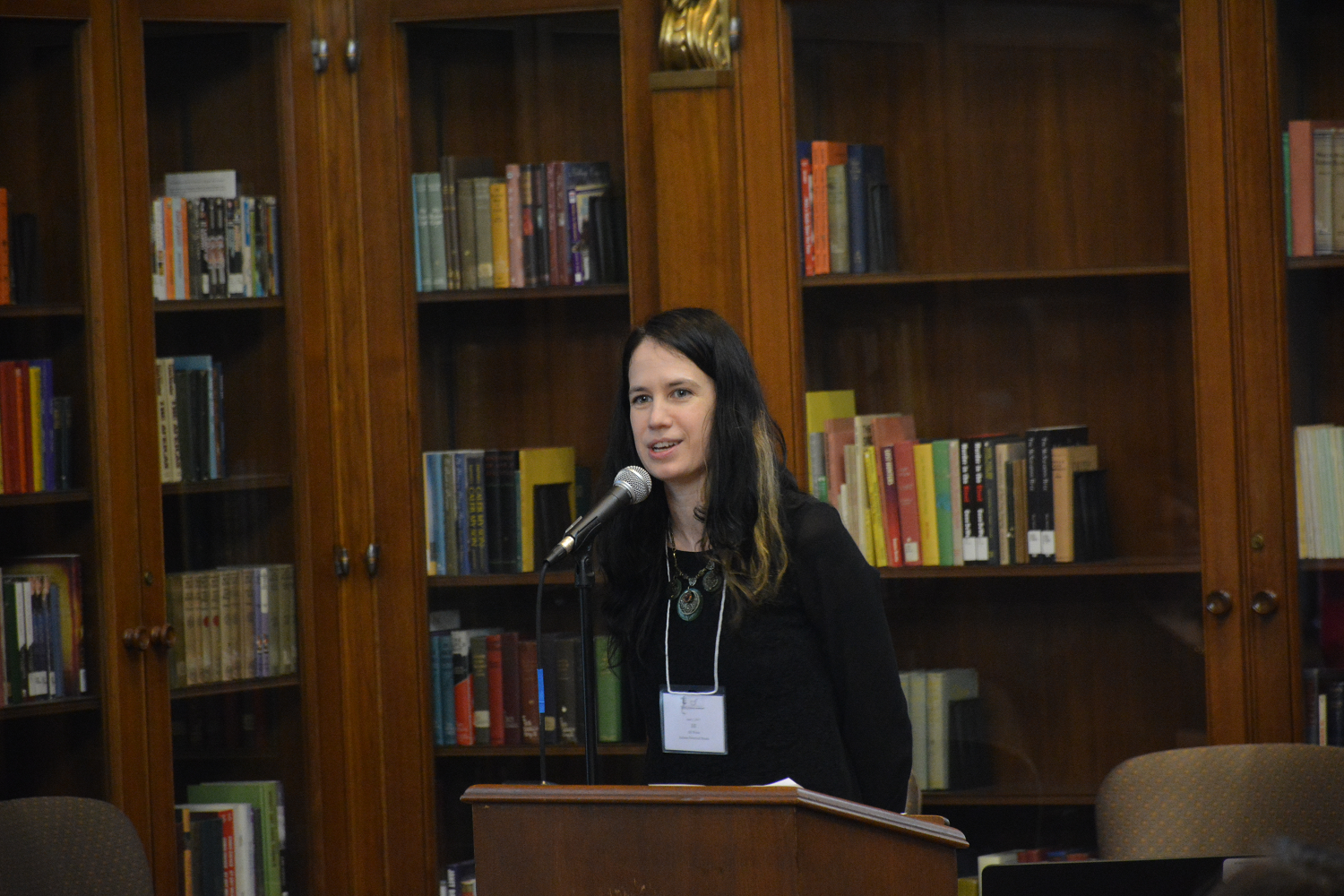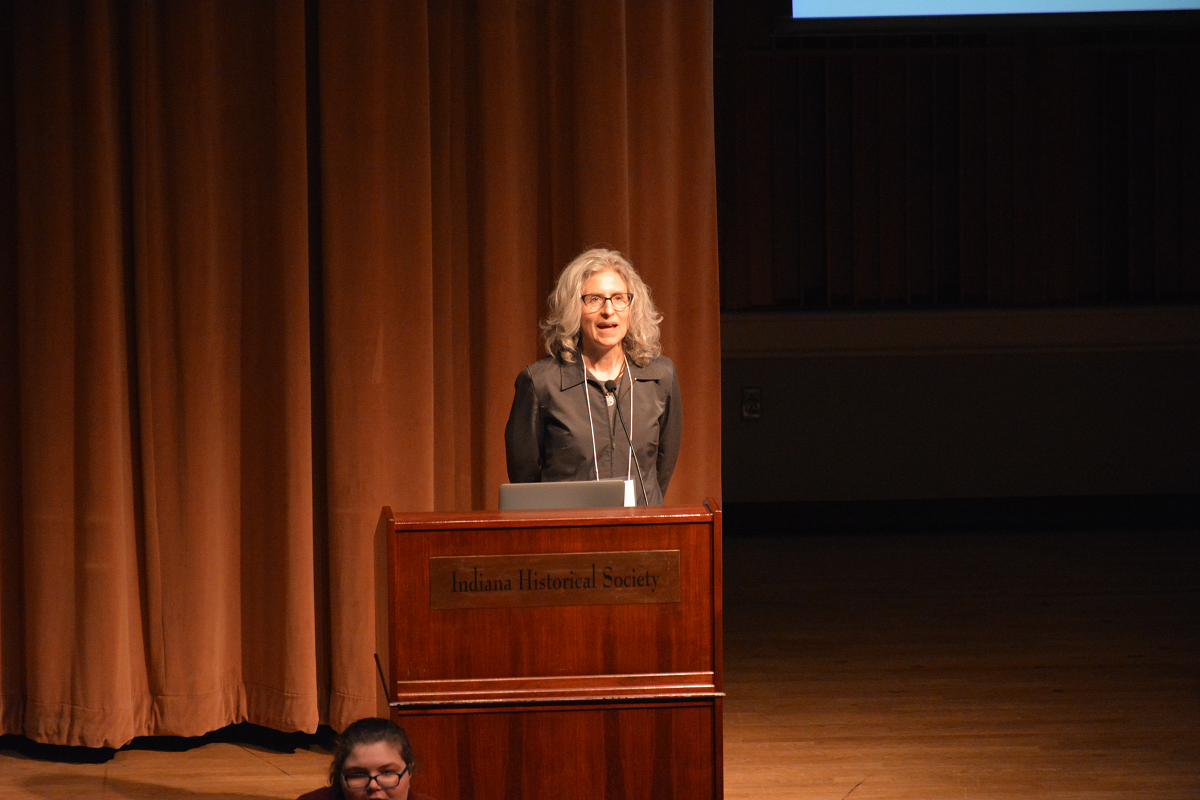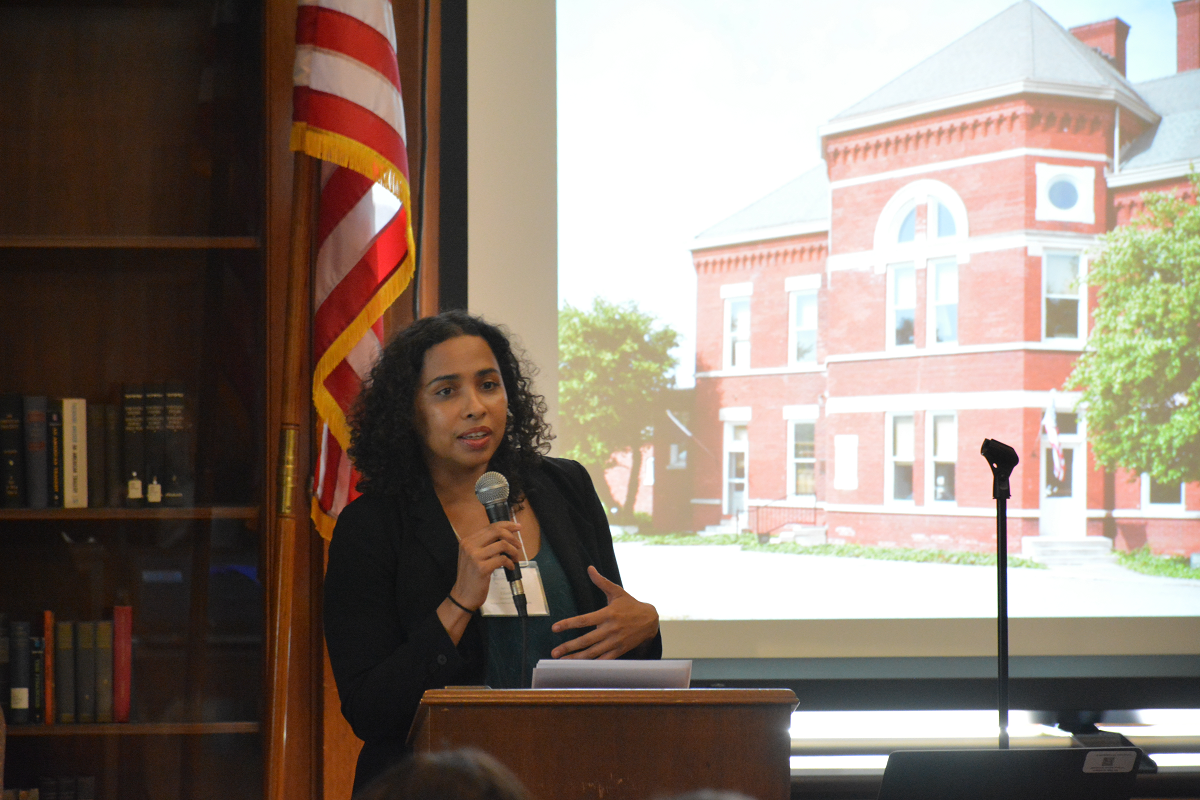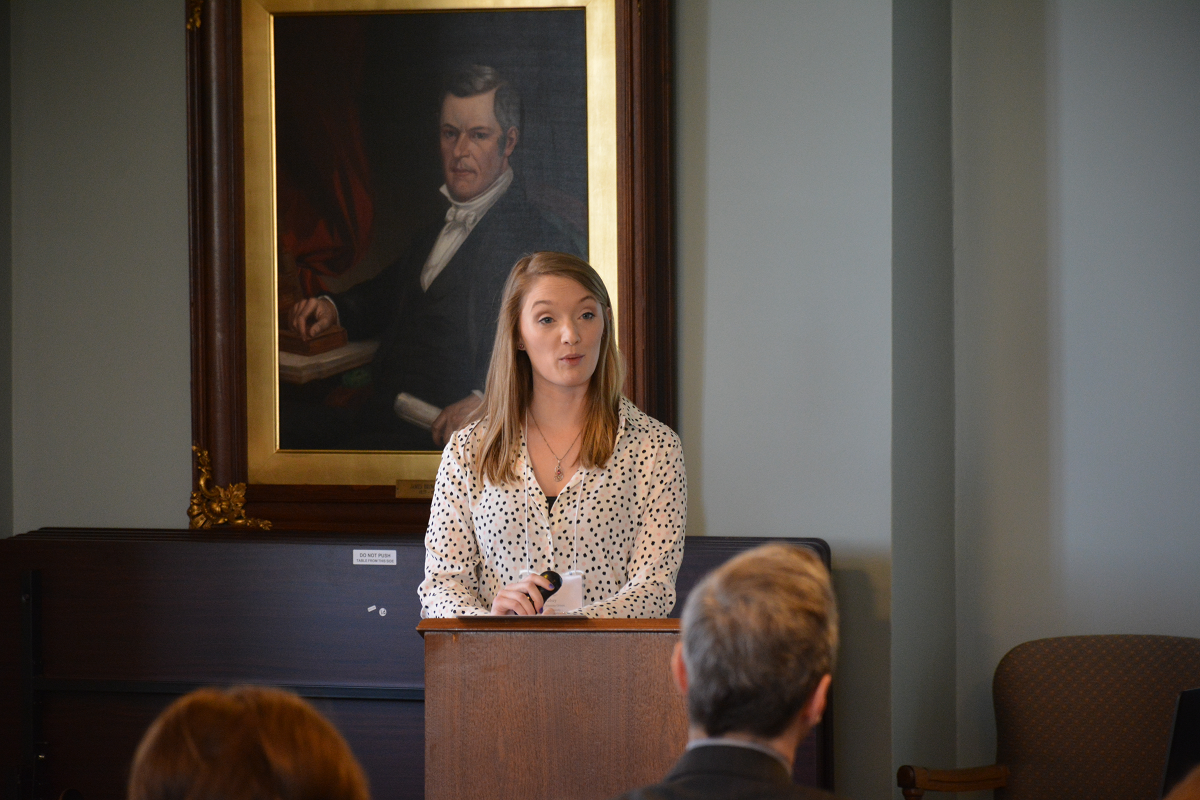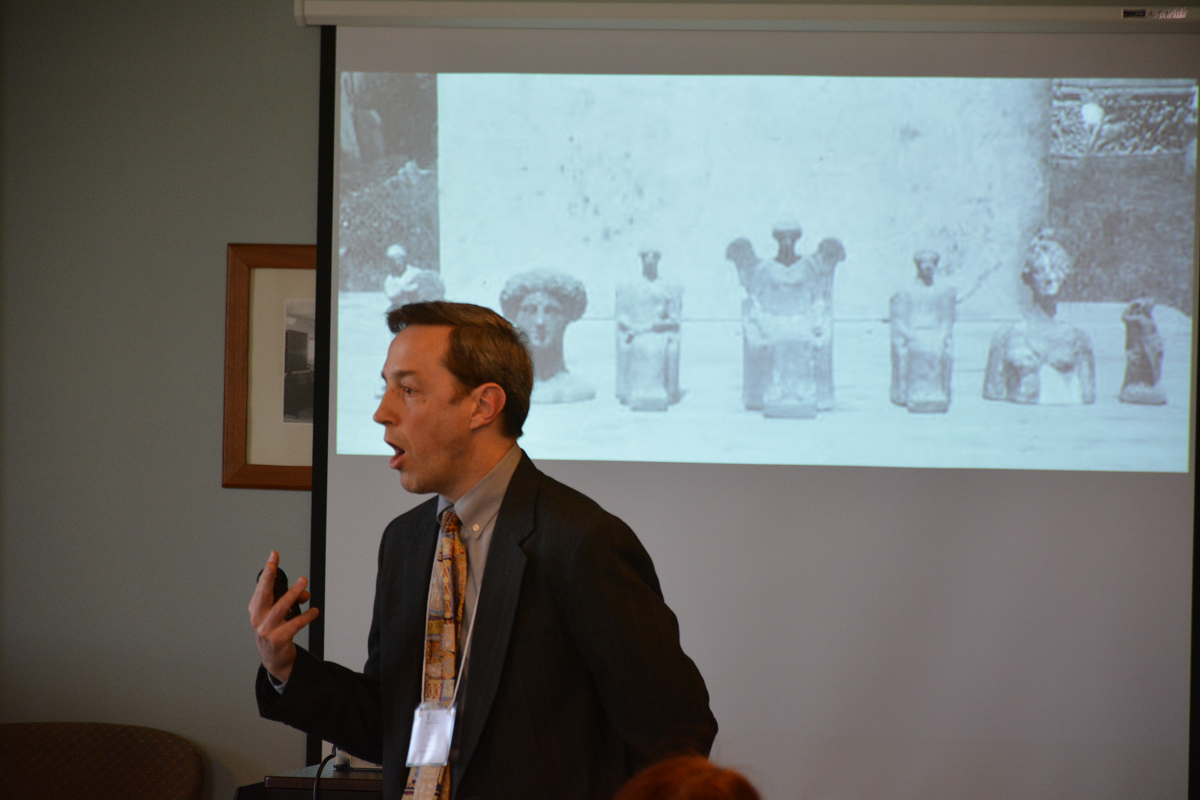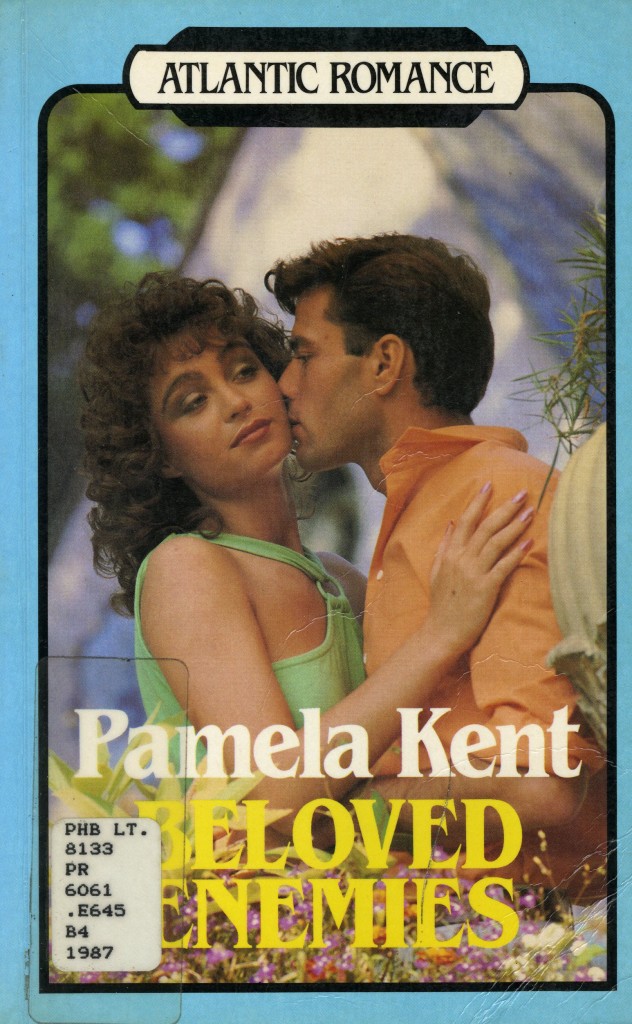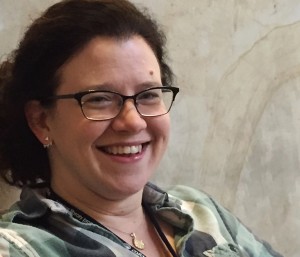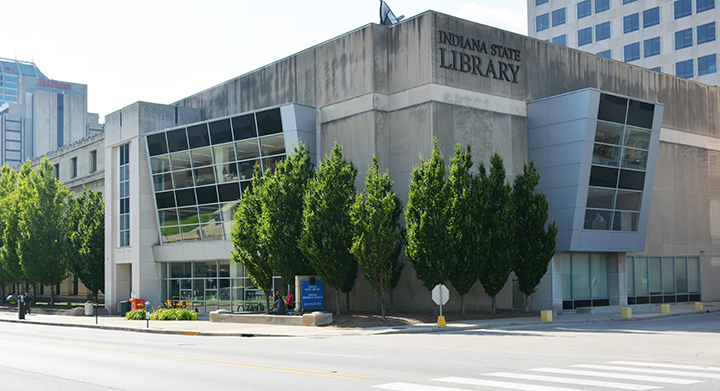
Ryan Brown has been Communications Director at the Indiana State Library since November 10, 2014. February 24, 2016, will be his last day at the library. In this State Library exclusive, Ryan Brown interviews Ryan Brown. Let the fun and confusion begin.
RB: You have been at the Indiana State Library for over a year. What are a few of the highlights of your tenure?
RB: I’m glad that you asked. There have been many interesting projects I have worked on over the past year such as the new brochures, door coverings, banners, annual report, etc. One of my favorite partnerships that I developed was with the Indiana Department of Education. We shared a booth together at the Indiana State Fair last summer and distributed information about the services available at the library to thousands of Hoosiers from all over Indiana. It was great to get out into the community and tell people face-to-face about the awesome collections at the library, as well as our statewide services.
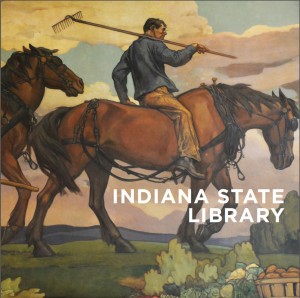 RB: What are some of those collections and services?
RB: What are some of those collections and services?
RB: The Indiana State Library has one of the largest genealogy collections in the Midwest. It also has a huge inventory of rare books and manuscripts, government documents, newspapers, large print books, as well as talking books and Braille. There are also many online services available to Indiana residents like INSPIRE.in.gov, Indiana Memory and Hoosier State Chronicles. All of these items and services are free to Indiana residents. If you have any questions about the collection or services, you can Ask-a-Librarian.
RB: Wow! That is a lot of stuff!
RB: We are starting to sound like a commercial.
RB: Nah, it’s just good PR.
[Ryan Brown looks at Ryan Brown in disbelief]
RB: Anyway…it seems like a year is not a long time to be at a job, why leave so soon?
RB: The main reason I took a new job was so I could eventually move to South Bend where my wife is originally from.
RB: South Bend?
RB: Yes. You are probably thinking, “It’s cold up there and you are not a Notre Dame fan, so why would you want to move to South Bend?”
RB: Exactly!
RB: Do you remember a few years back when you promised your wife that when you were ready to have children the two of you would make an effort to move to that area?
RB: Oh yeah, what was I thinking? [Chuckling]
RB: Well…the time has come.
RB: Wait a second; am I going to be a father soon?
RB: Not at the moment, but you were going to start trying.
RB: Ah yes…now I remember…what else?
RB: I would say overall that I have enjoyed my time here at the State Library. There are a lot of great people on staff and working here allowed me to practice many of the skills I learned at school. Plus, we had many accomplishments in that short time period. We saw significant increases in event attendance as well as use of our services like INSPIRE.in.gov.
RB: What are some of the challenges you faced at the library?
RB: One of the biggest challenges was getting the media interested in what goes on at the State Library. Though, we did have a ton of press about our partnership with the Indiana Department of Natural Resources.
RB: Explain…
RB: The State Library acquired State Park passes from the Indiana Department of Natural Resources that are available at local libraries so patrons may check them out. The program started in January and has been very popular amongst patrons and the media. Anyone interested in the park passes should contact their local library for more information.
RB: What is your favorite item or part of the Indiana State Library?
RB: That is a difficult question that you always ask people in interviews. I guess if I had to narrow it down to one item, it would be the original State Flag. I believe that the Indiana Historical Bureau will be taking the flag around the state to various locations this year for the bicentennial.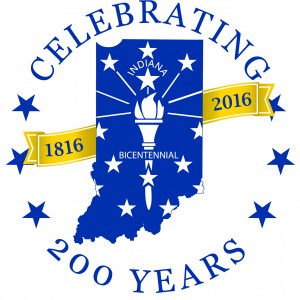
RB: Bicentennial? What is that?
RB: Don’t you know? 2016 marks the 200th year Indiana has been a state.
RB: Oh yeah? What is the library doing to celebrate?
RB: The library has a bunch of projects it is involved with including the new Indiana Young Readers Center, Hoosier State Chronicles, Bicentennial Toolkits for Libraries, Bicentennial Manuscript Collection, and many more!
RB: Thank you for taking a few moments of your day and participating in this interview. It has been a pleasure speaking with you. Since Wednesday is your last day, how would someone contact the library if they need info about the Wednesday Word or any communications questions?
RB: It has been great interviewing with you Ryan. If you are a librarian or library needing to reach the communications department, please email the State Library at communications@library.in.gov.
This blog post was written by Indiana State Library Director of Communications Ryan Brown. Click here for more information on the Indiana State Library.

